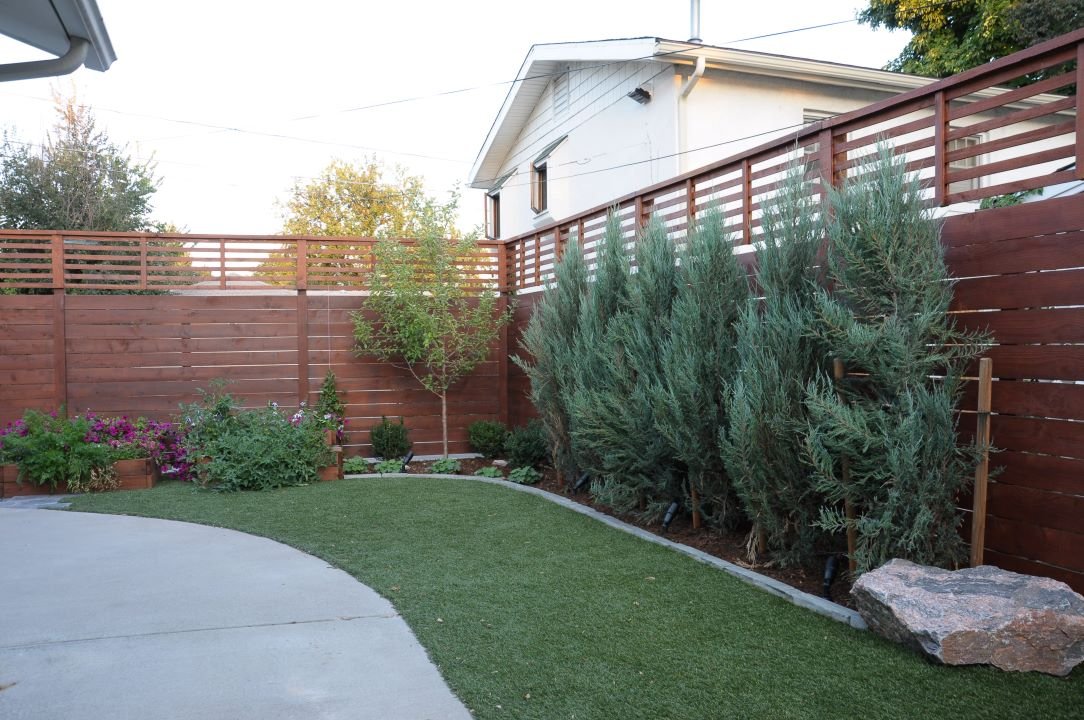Seasonal Planting Guide for Denver Homeowners
Denver’s fluctuating temperatures, dry climate, and high elevation present unique challenges for landscaping. But with thoughtful planning, homeowners can create thriving outdoor spaces throughout the year. A well-structured planting guide ensures that every season brings new color, structure, and life to your yard. Whether you’re designing a new landscape or refreshing an existing one, knowing what to plant and when to plant it is essential for long-term success in the Mile High City.
From early spring bulbs to fall perennials and hardy winter accents, Denver’s seasonal planting timeline supports a diverse and beautiful landscape year-round. With the right timing and selections, your yard can stay healthy, resilient, and visually appealing no matter the season.
Spring Planting: Wake the Landscape Gently
Spring in Denver can be unpredictable. While warm days arrive as early as March, frost can still occur through mid-May. Patience is key, especially when selecting tender annuals or early vegetables. Focus on establishing root systems and hardy perennials first, and allow the soil to warm before planting temperature-sensitive species.
Ideal spring plantings include:
Cool-season vegetables: Lettuce, spinach, and radishes can be sown as early as late March.
Perennials: Start with well-adapted perennials like columbine, coreopsis, and penstemon to build lasting structure.
Spring bulbs: Tulips and daffodils planted in fall emerge now, bringing early bursts of color.
Trees and shrubs: This is a great time to plant woody plants, allowing them to root before the heat of summer.
Referencing landscaping trends to watch, incorporating native varieties early in the season supports both sustainability and curb appeal.
Summer Planting: Maintain Momentum with Heat-Tolerant Choices
Once the threat of frost is gone, summer becomes the peak time for both planting and maintenance. However, heat and dry air demand careful plant selection and watering routines. Choose plants that can withstand Denver’s strong sun, intense thunderstorms, and occasional drought conditions.
Summer-friendly options include:
Annuals: Marigolds, petunias, zinnias, and cosmos offer seasonal color and attract pollinators.
Herbs and warm-season vegetables: Tomatoes, basil, and peppers thrive in full sun and warm soil.
Drought-tolerant natives: Blanket flower, yucca, and Russian sage offer both hardiness and visual impact.
Groundcovers: Creeping thyme or sedum help fill space and reduce water usage.
It’s also a good time to inspect mulch coverage and refresh it as needed. Consistent watering during early mornings or late evenings prevents plant stress and supports continued growth through the hottest months.
Fall Planting: Prepare for Spring with Strategic Choices
Fall is an often-overlooked planting season, but in Denver’s climate, it’s an ideal time to establish perennials, trees, and even some cool-weather vegetables. Cooler air temperatures reduce plant stress, while still-warm soil allows roots to grow before winter dormancy.
Strategic fall plantings include:
Trees and shrubs: Planting in fall gives woody plants time to anchor before spring growth.
Perennials: Establish species like echinacea, sedum, and ornamental grasses for next year’s display.
Garlic and onions: These overwinter underground and emerge early in spring.
Fall flowers: Mums and asters provide late-season color and attract migrating pollinators.
Early fall is also the right time to divide crowded perennials and replenish the soil with compost. A thoughtful fall planting schedule builds momentum for spring, reduces weeds, and strengthens the garden’s foundation.
Winter Planning: Design and Maintenance
Though planting is limited in winter, it’s an ideal season for planning, pruning, and preparing your garden for the year ahead. Use this quiet period to evaluate your landscape’s structure and make design adjustments that support year-round interest.
Here’s how to make the most of winter:
Design upgrades: Reassess layout, walkways, and focal points.
Prune trees and shrubs: Dormant pruning improves plant health and shape.
Plan your planting calendar: Order seeds, select new varieties, and map out seasonal installation.
Protect vulnerable species: Mulch or cover root zones of tender perennials.
Monitor moisture: Water during dry spells when the ground isn’t frozen.
Take inspiration from seasonal landscaping tips to keep your garden healthy and visually structured through the coldest months.
Native Plants and Seasonal Success
For long-term success, Denver homeowners should prioritize plants adapted to the region’s climate and soil. Native plants require less water, resist pests more naturally, and integrate beautifully into Colorado landscapes. They also provide critical habitat for pollinators, birds, and beneficial insects.
When selecting native species, consider bloom timing and hardiness zones. Mix early bloomers like pasqueflower with summer stunners like blanket flower and fall favorites like goldenrod. Even in winter, native evergreens and seed heads from ornamental grasses provide texture and subtle elegance.
A native-focused planting guide allows for a dynamic, low-maintenance garden that evolves with the seasons. Layering color, shape, and texture throughout the year helps create a polished, upscale look without constant intervention.
Let the Seasons Work for You
Craft a vibrant landscape that thrives in every season. ContactHighlands Landscaping to design a year-round planting plan tailored to Denver’s unique climate.

